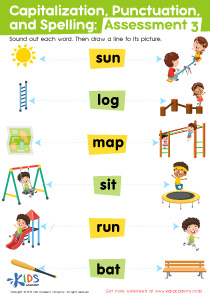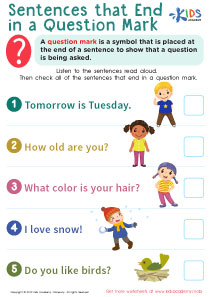Fine motor skills development Writing Worksheets for Ages 5-9
12 filtered results
-
From - To
Discover our Fine Motor Skills Development Writing Worksheets for ages 5-9, designed to enhance your child’s writing abilities through engaging and fun activities. Our worksheets are crafted to strengthen hand muscles, improve pencil grip, and fine-tune hand-eye coordination. With a variety of exercises, including tracing, writing, and cutting, Kids Academy ensures that your child’s foundation in writing is built effectively. These resources not only support academic growth but also boost confidence in young learners as they master essential fine motor skills. Start your child’s developmental journey with our expertly designed and educational worksheets!
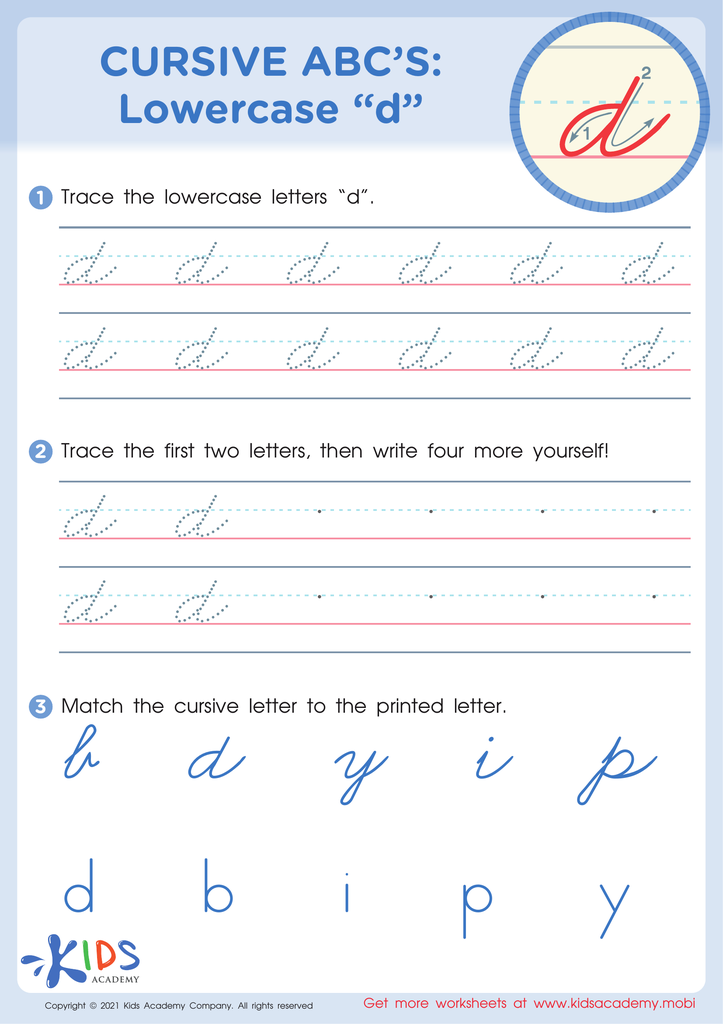

Cursive ABCs: Lowercase d
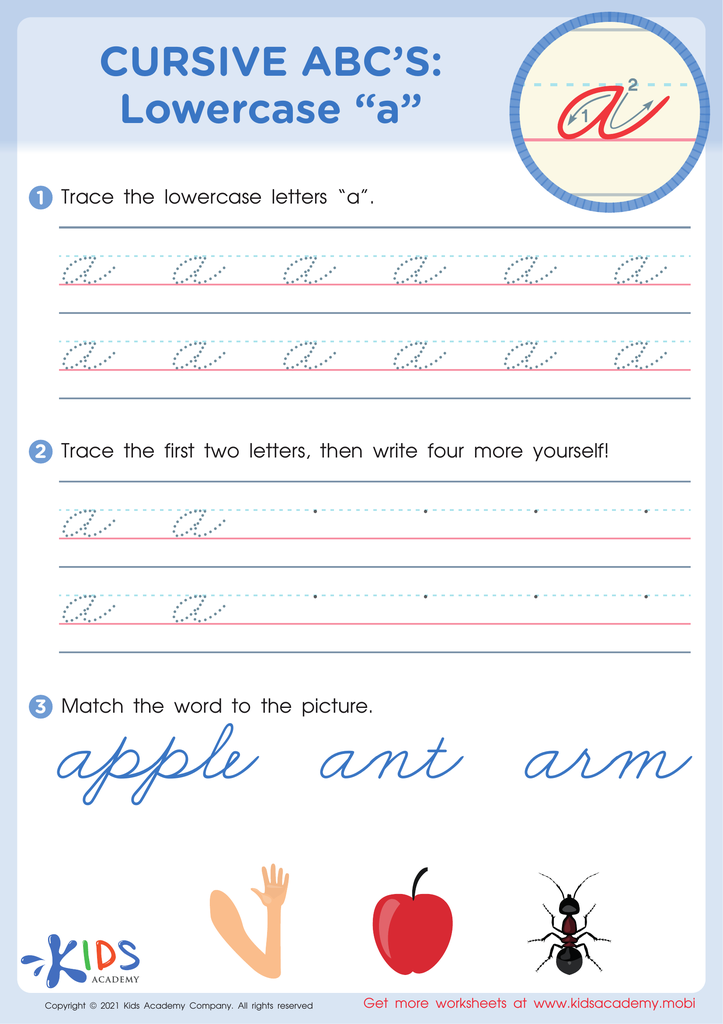

Cursive ABCs: Lowercase a
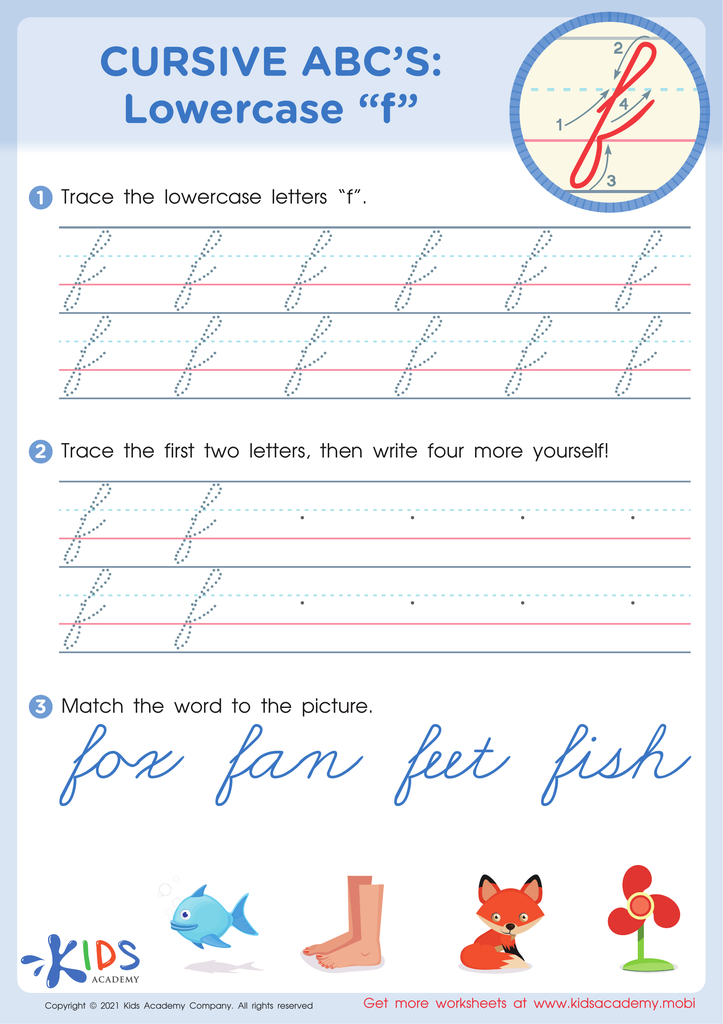

Cursive ABCs: Lowercase f
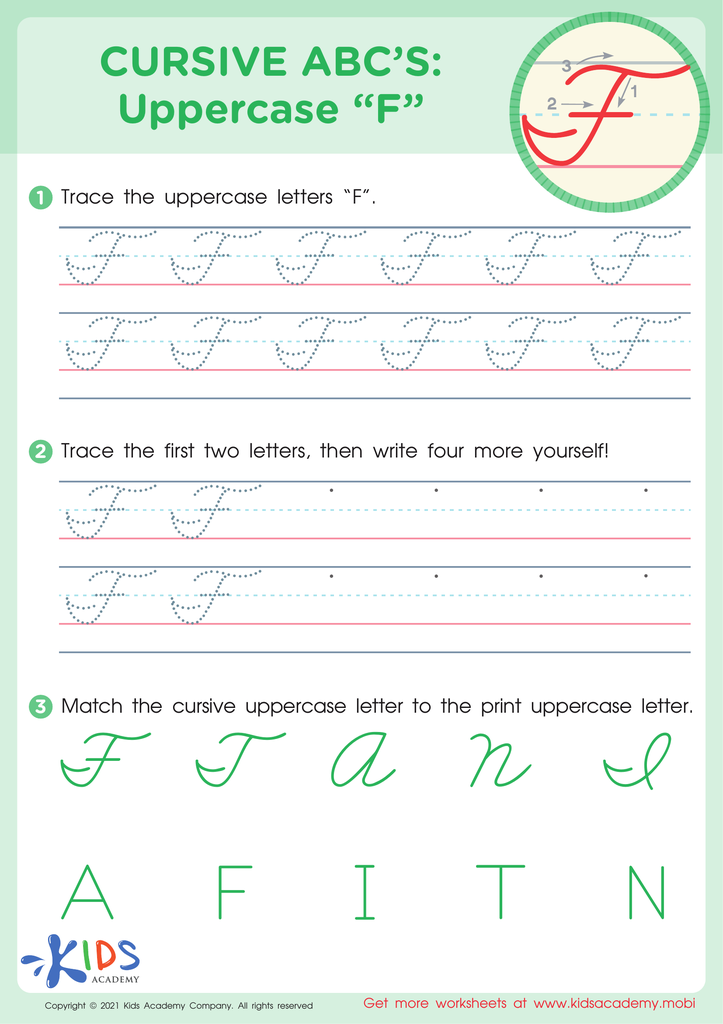

Cursive ABCs: Uppercase F
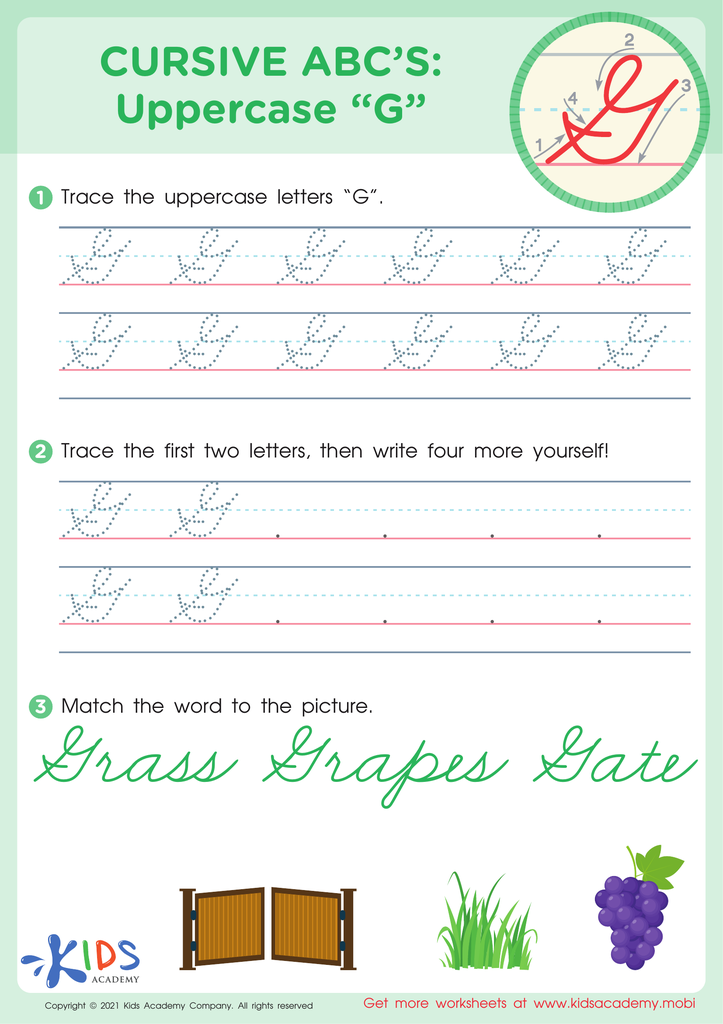

Cursive ABCs: Uppercase G
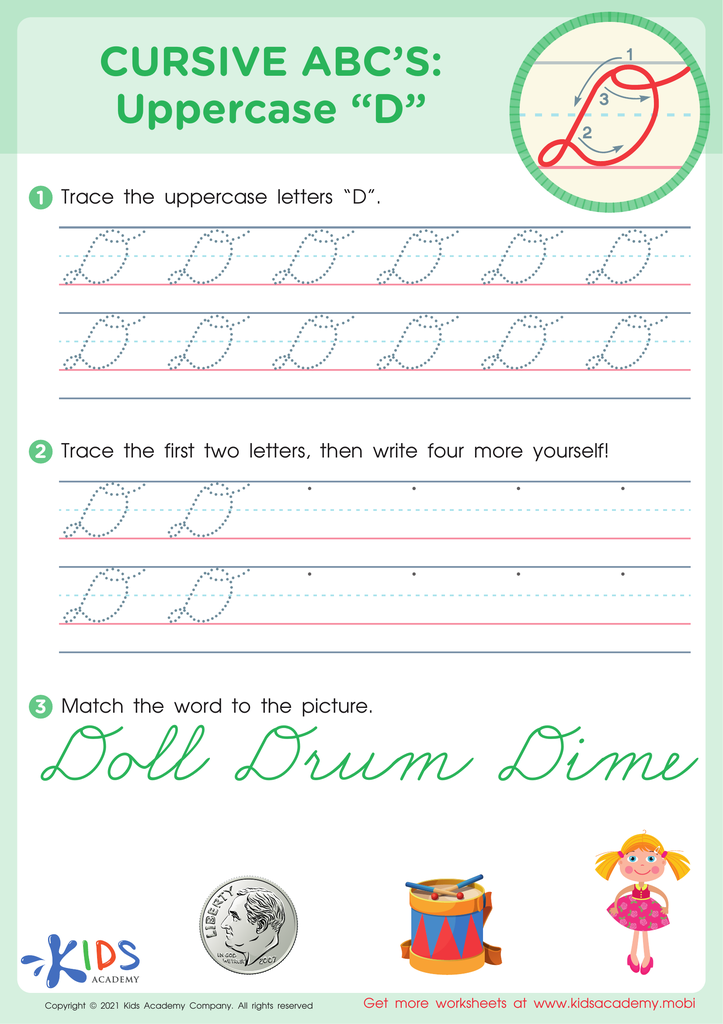

Cursive ABCs: Uppercase D
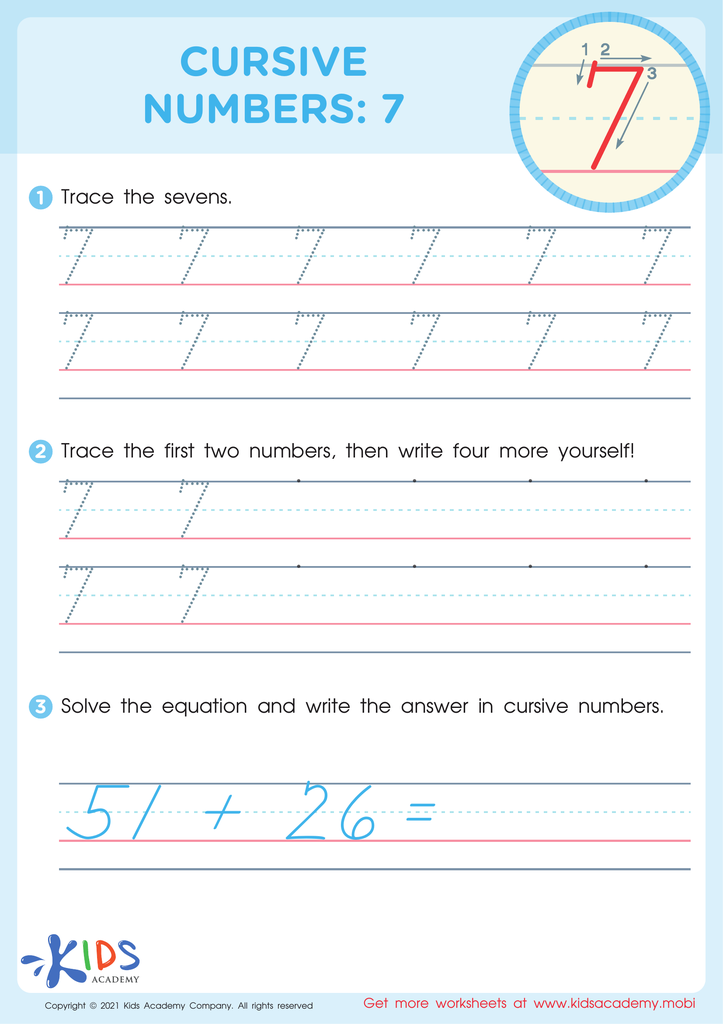

Cursive Numbers: 7 Worksheet
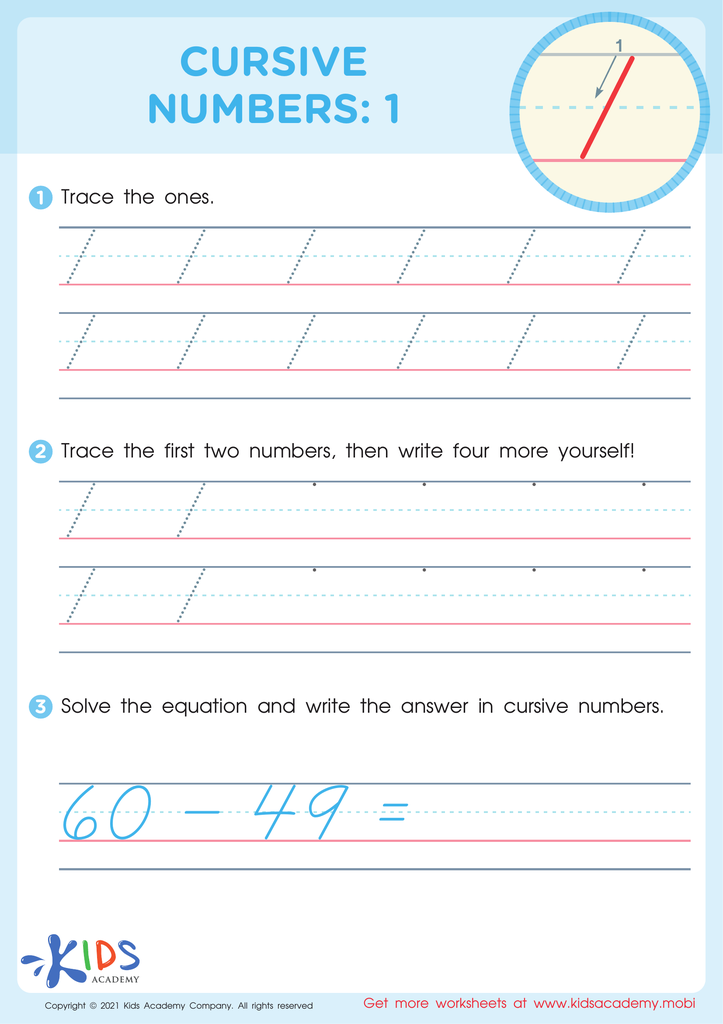

Cursive Numbers: 1 Worksheet
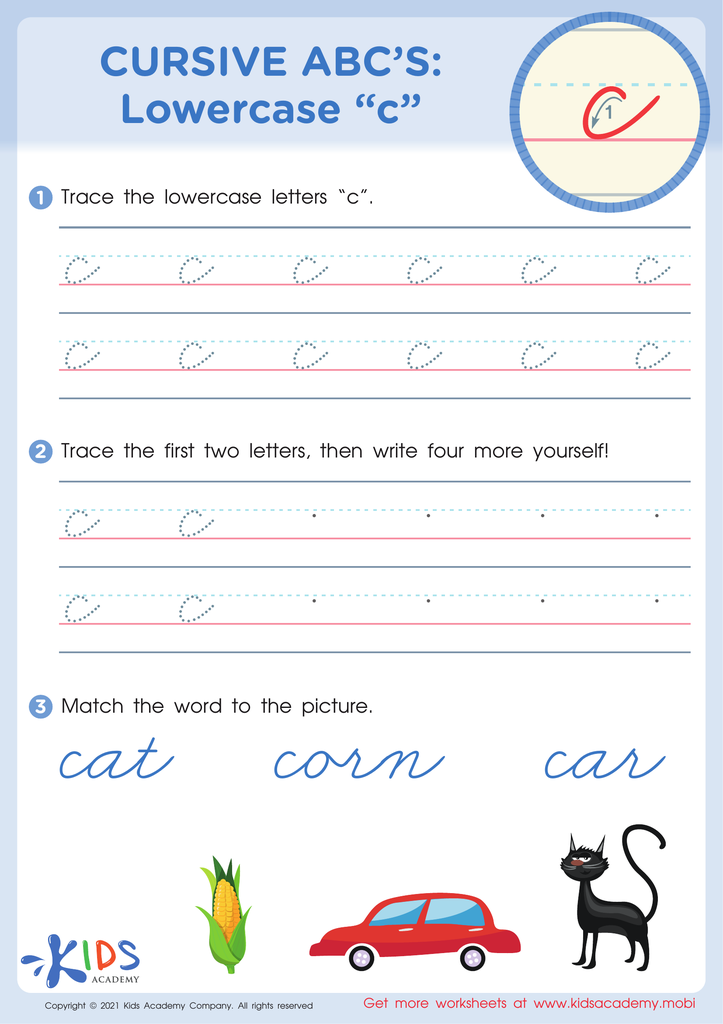

Cursive ABCs: Lowercase c


Cursive ABCs: Lowercase h
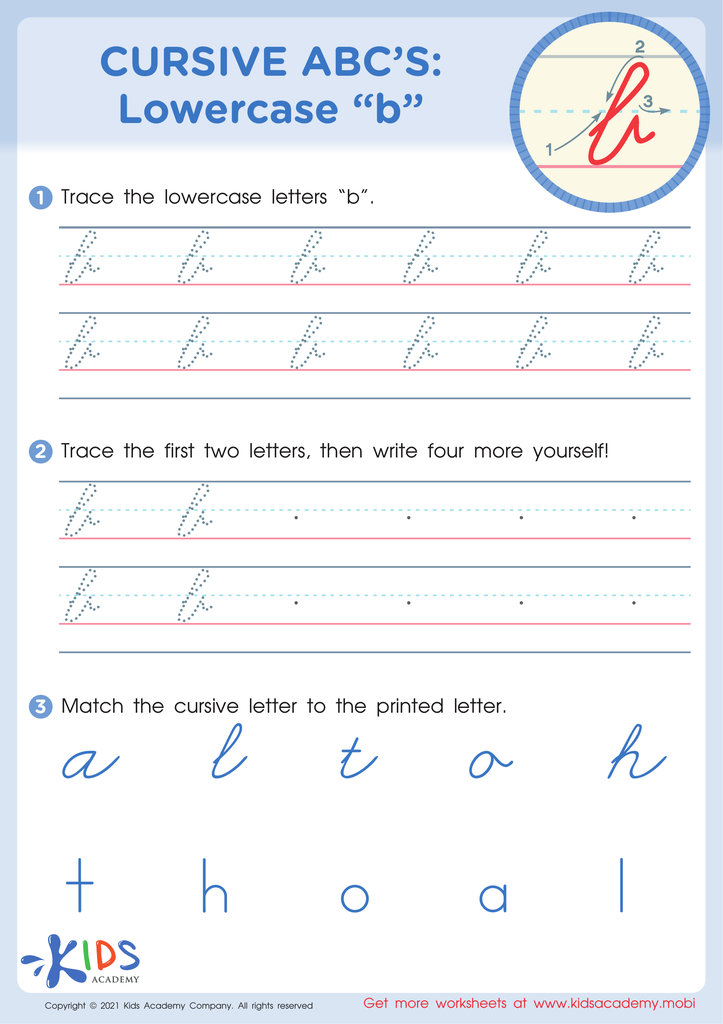

Cursive ABCs: Lowercase b
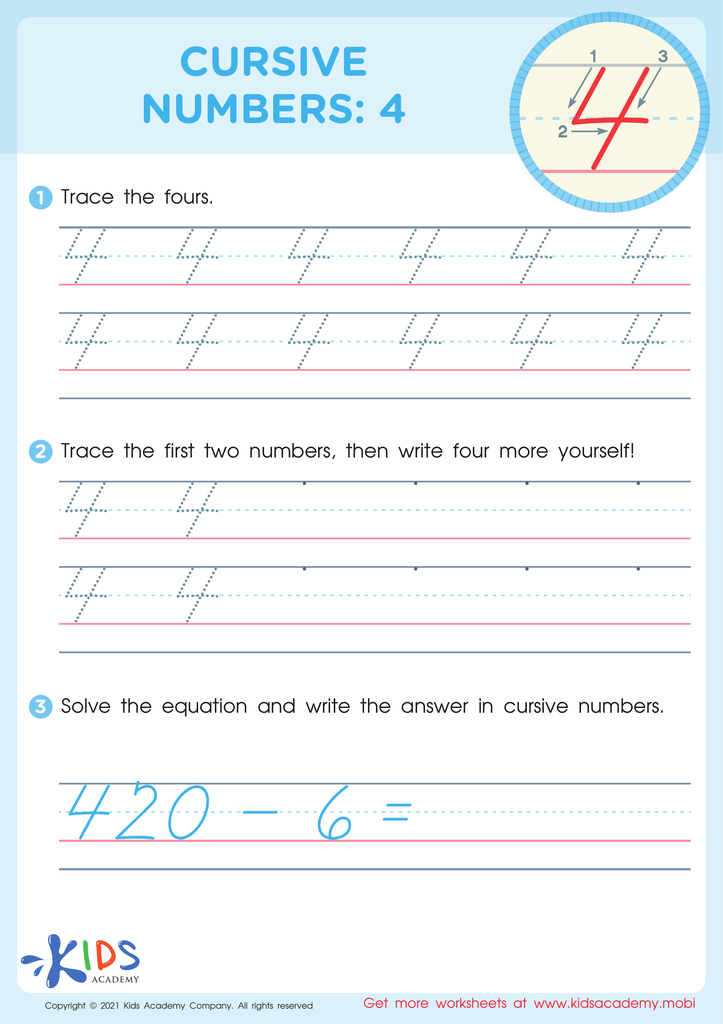

Cursive Numbers: 4 Worksheet
Parents and teachers should care deeply about the development of fine motor skills in children ages 5-9 because these skills form the foundation for essential academic and daily activities. Fine motor skills involve the coordination of small muscles, particularly in the hands and fingers, and are crucial for tasks such as writing, drawing, and manipulating small objects.
Writing is a fundamental academic skill, and proficiency in it starts with having strong fine motor abilities. Developing these skills early enables children to hold a pencil correctly, control their hand movements, and form letters and numbers legibly. Without this foundation, children may struggle with basic writing tasks, impacting their ability to keep up academically and express their ideas and thoughts on paper.
Moreover, fine motor skills are important for daily activities like buttoning clothes, tying shoelaces, and using utensils. Children who develop these skills early become more independent and confident in their abilities. They are also less likely to experience frustration or anxiety when faced with tasks that require fine motor coordination.
In essence, fostering fine motor skill development from a young age contributes to a child's overall physical, cognitive, and emotional well-being. It sets the stage for future academic success and empowers children with the ability to perform daily tasks efficiently and independently.








